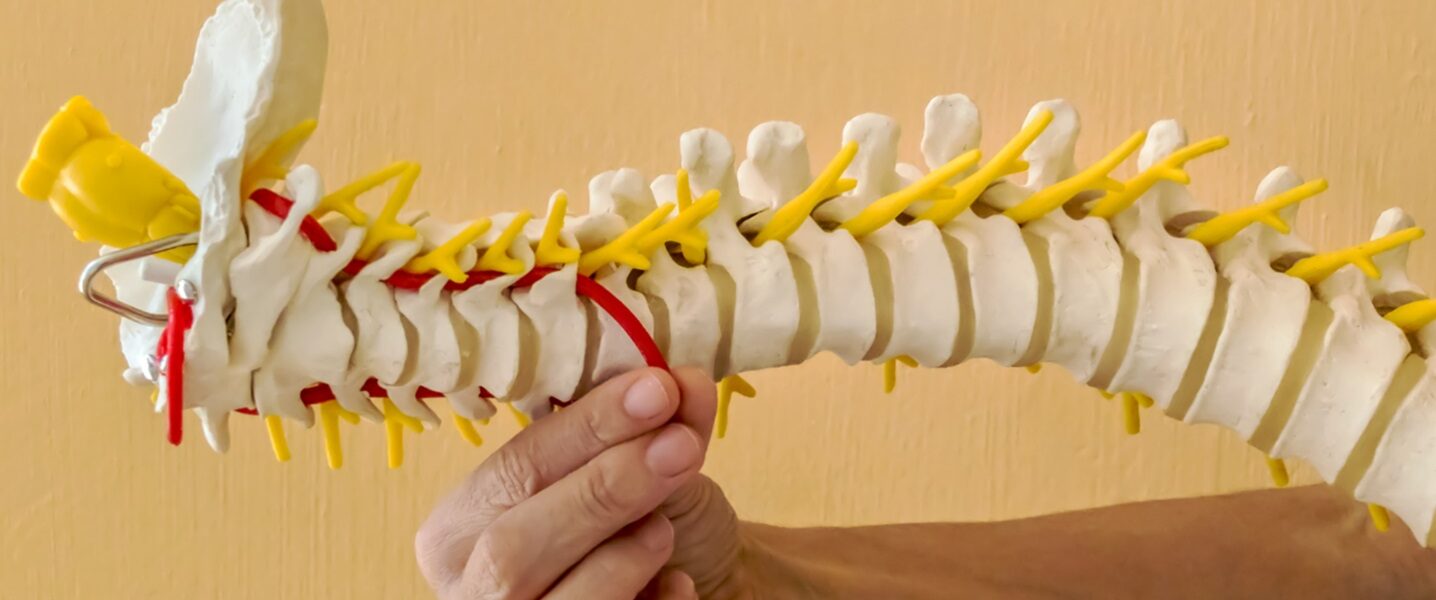Spinal decompression has come a long way in recent years, with advancements in technology helping patients find relief from chronic lower back pain. As a medical professional, knowing the various aspects of spinal decompression can help you determine whether a traction machine for lower back could be a valuable addition to your practice. In this article, we’ll discuss five essential things you should know about spinal decompression.
1. How Spinal Decompression Works?
Spinal decompression relies on advanced technology to gently stretch the spine, alleviating pressure on the gel-like discs between the vertebrae. This reduction in pressure enables bulging or herniated discs to retract, ultimately relieving pain and allowing nutrients to flow more effectively and promote healing. This procedure is conducted using a specially designed traction machine for lower back pain.
2. Benefits of Spinal Decompression
There are several advantages of spinal decompression therapy, some of which include:
- Non-invasive treatment:Unlike surgery, spinal decompression is a non-invasive and gentle procedure that allows patients to avoid the risks associated with surgery.
- Increased range of motion:By decompressing the spine, patients can experience a better range of motion and improved flexibility.
- Reduced muscle spasm:Spinal decompression can also help patients find relief from muscle spasms, which is a common ailment associated with lower back pain.
- Long-term results:Many patients experience long-lasting pain relief from spinal decompression therapy, potentially reducing the need for more invasive procedures in the future.
3. The Right Candidates for Spinal Decompression Therapy
Spinal decompression can be an effective treatment method for various conditions associated with lower back pain, including:
- Degenerative disc disease
- Bulging discs
- Herniated discs
- Sciatica
- Spinal stenosis
However, it’s important to note that spinal decompression might not be the best option for all patients. It’s not recommended for pregnant women, individuals with severe osteoporosis, or those with spinal fractures or tumors.
4. Equipment and Training Matters
When it comes to spinal decompression therapy, you can’t just buy any traction machine for lower back pain. You must invest in a high-quality device from an experienced manufacturer that offers ongoing technical support and training. This is the only way to ensure safe operations and successful results for patients.
5. A Valuable Addition to Any Practice
Spinal decompression can be a valuable addition to any medical practice, as it is an effective and cost-efficient treatment option for many lower back pain conditions. By understanding the basics of spinal decompression and investing in quality equipment and training, you’ll be well-equipped to help your patients find relief from chronic lower back pain.
In Conclusion
Spinal decompression therapy can provide long-lasting relief to many patients suffering from lower back pain. As a medical professional, understanding the process, the ideal candidates, and using a high-quality traction machine are essential components of successfully integrating this treatment into your practice. By staying informed about spinal decompression and other treatment options, you can better serve your patients and keep your practice at the forefront of innovative pain relief techniques.







